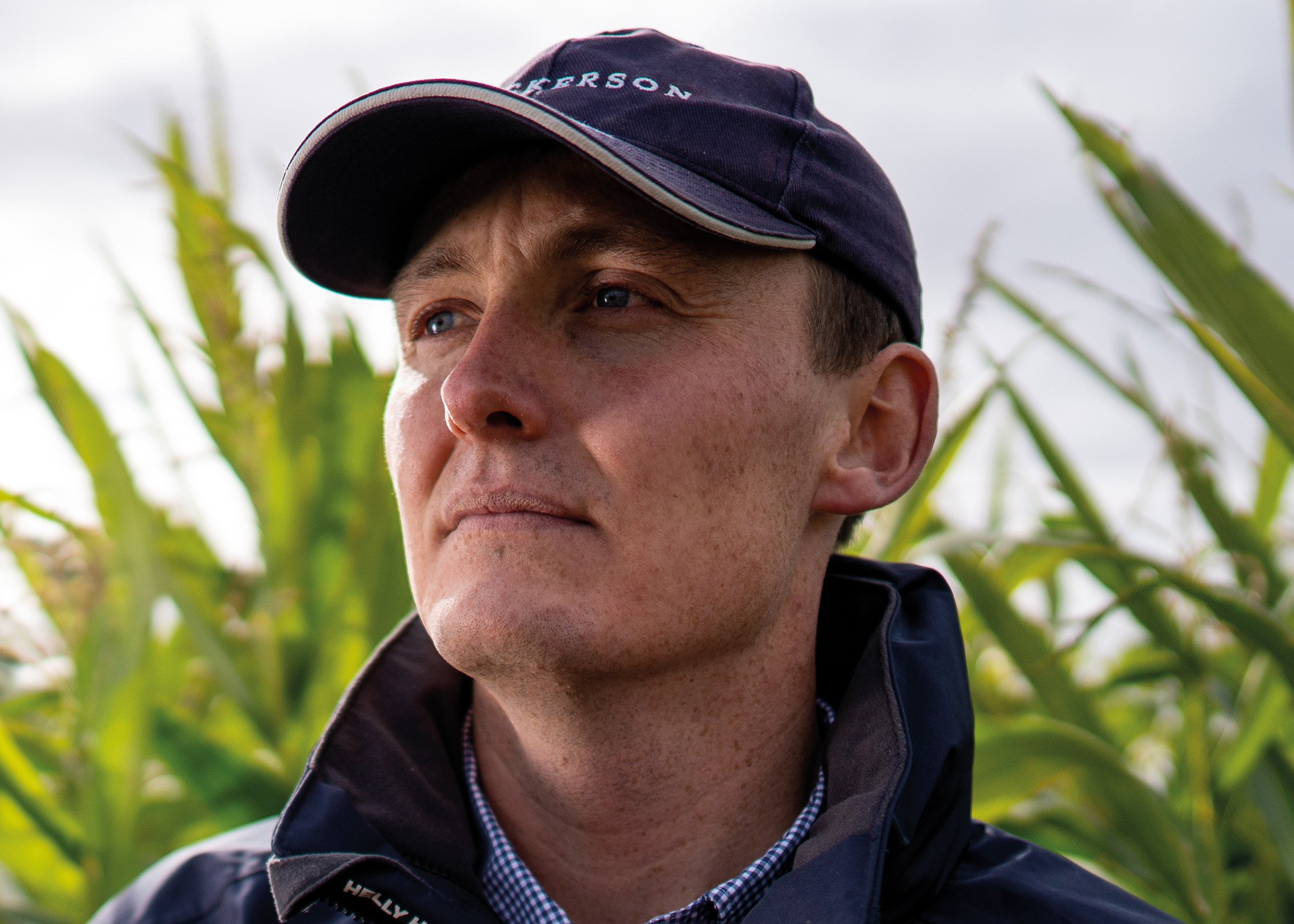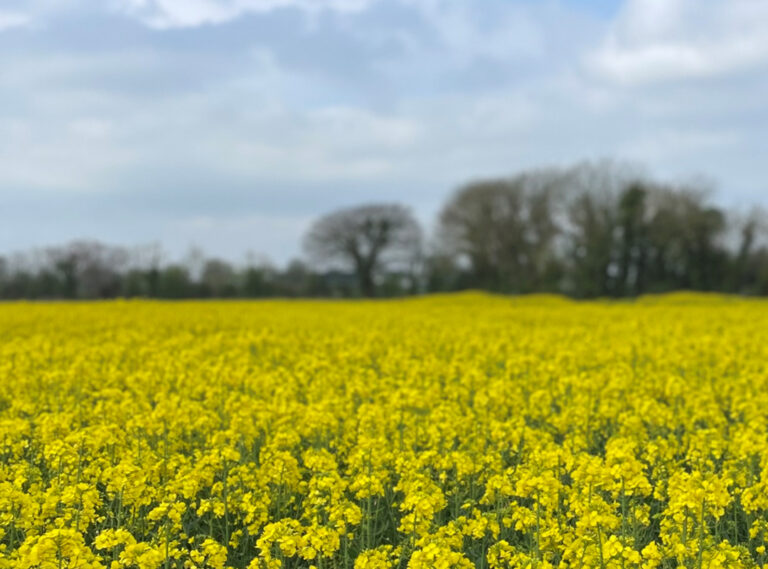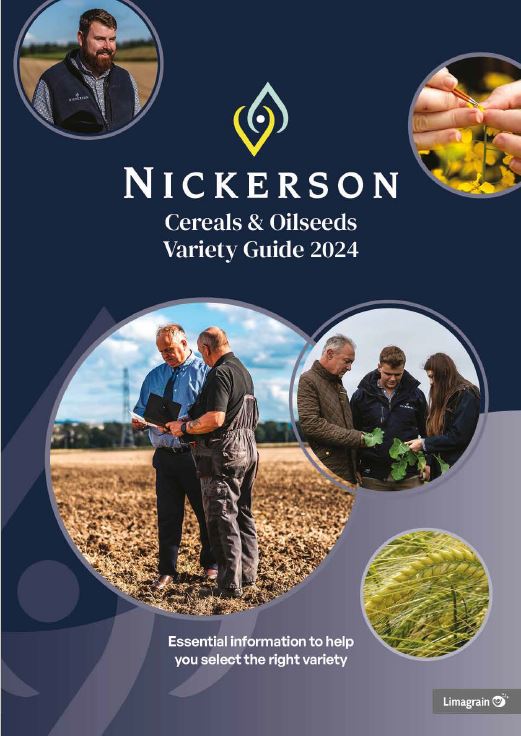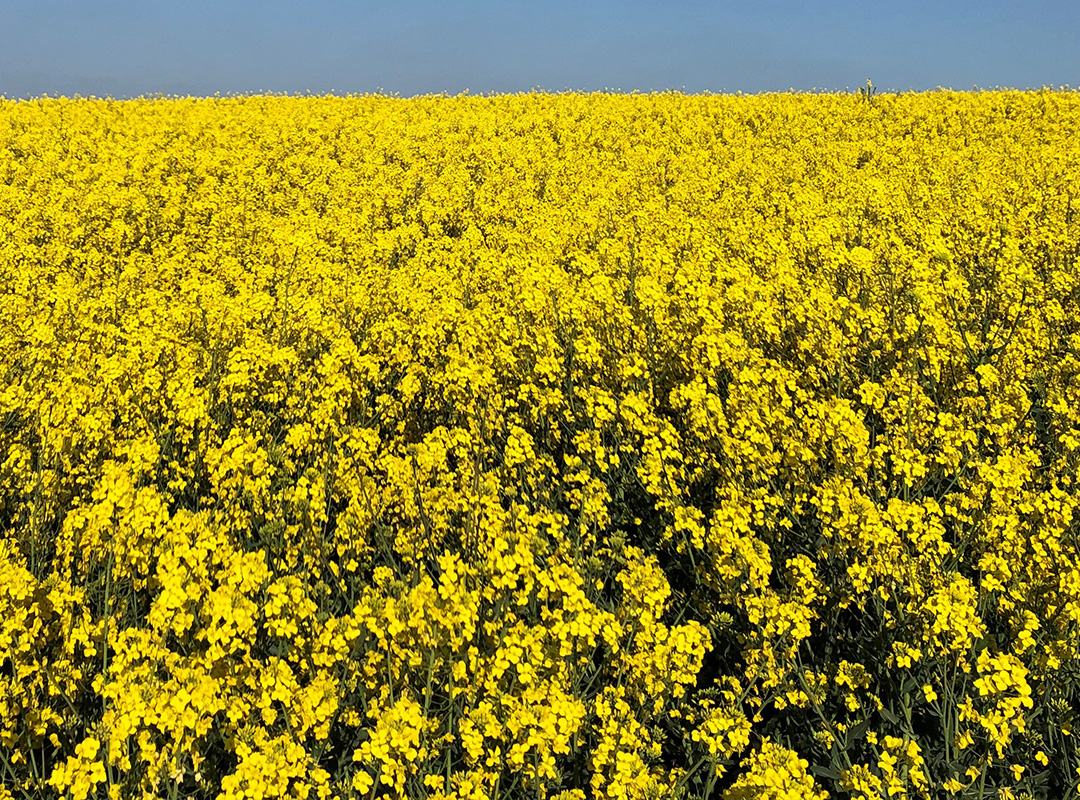
We are all too aware of the damage Cabbage Stem Flea Beetle (CSFB) can cause, it is fair to say that growers who have had no experience with this pest are few and far between and this year was no exception.
We started August with wet weather, which led to some growers drilling early to try and get the crop off and away from Cabbage Stem Flea Beetle. This has largely worked, consequently though there are some big canopies out there, which need to be carefully managed and growth regulators used where necessary.
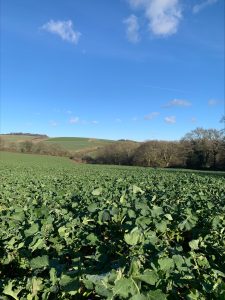
Early August drilled Ambassador near Newbury looking very well and was well enough established to grow through the main adult grazing period of cabbage stem flea beetle
If there is a suspected high larvae count, work by AHDB does show that defoliation either through grazing or flailing can lead to a significant reduction in larvae – although caution needs applied, as this should not be considered after stem extension.
Then we had some hot weather towards the end of August. This undoubtedly drives flea beetle migration and activity, which yet again coincided around the bank holiday weekend. Crops drilled this year, 10 days before and days after the bank holiday weekend have struggled most, from what I have seen.
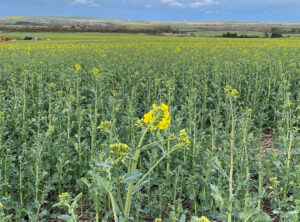
We then had wetter weather after the middle and end of September. This did lead to conducive growing conditions and these crops on the whole look okay, where not underwater. If crops are looking on the thin side, do not be disheartened just yet, OSR has an amazing ability to compensate for lost plants and fill-in gaps.
Slugs seem to have been more of a problem than Cabbage Stem Flea Beetle for some growers this year, thanks to weather conditions driving their activity. They really cannot be underestimated and require extreme vigilance early on.
In many cases, the crops were initially thinned by slugs and then the Cabbage Stem Flea Beetle attacked. The areas most devasted by slug damage are generally on the clay soils. However, the greatest risk and the most damage occurred where crops had been direct drilled with no tillage. In my opinion, any crop direct drilled – be it OSR, cereals or grass seed – increases the risk of slug damage significantly, compared to conventional establishment techniques.
We have all been aware of the cover crops and the use of slurry and digestate to deter the beetles, but I thought by far the most interesting piece of research this year was showing how beetle numbers can be reduced by cultivating the ground straight after harvest and during peak adult migration.
This would also have the added bonus of reducing slug numbers, which are always a significant nuisance to the following wheat crop.





